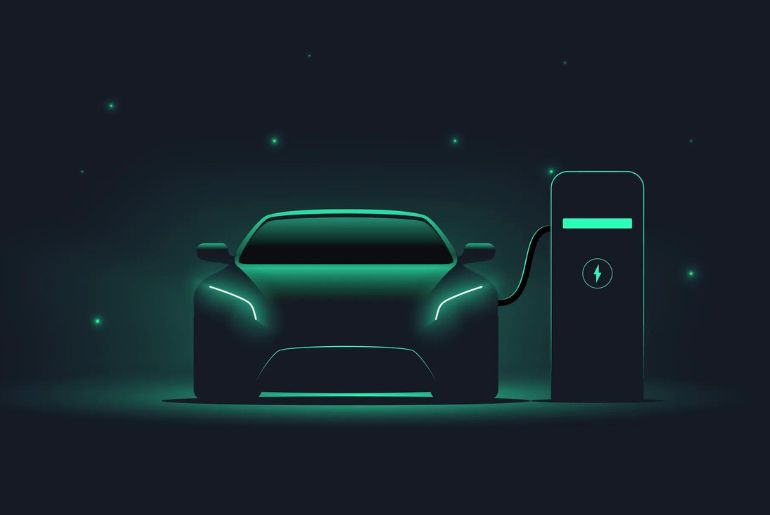The Prime Minister’s Office has not yet given its approval to the third iteration of the FAME program, which will still provide incentives for electric vehicles. According to this source, the next FAME version will probably include etrucks for the first time, and its financial requirements would be comparable to those of the second version, which ran out on March 31 of this year.
The Ministry of Heavy Industries officials have previously hinted that ebuses and etrucks may receive a push in the upcoming months, and that subsidizing e2w sales may no longer be a policy priority in many pre-Budget conversations with industry leaders. The Union Budget for 2024–2025 left the EV sector empty, with no direct announcements.
The industry was expecting for some steps to encourage the expansion of the electric vehicle (EV) sector, even though Heavy Industries Minister H D Kumaraswamy had revealed the obvious a few days before when he stated at an industry gathering that a new plan for purchase subsidies for electric vehicles will not be unveiled in the Budget.
According to a person with knowledge of the plans, the Prime Minister’s Office has not yet given its approval for the third iteration of the FAME program, which will continue to provide subsidies for electric vehicles. According to this source, the next FAME version will probably include etrucks for the first time, and its financial requirements would be comparable to those of the second version, which ran out on March 31 of this year. He said that the government may prolong the EMPS, a short-term program that ran from April 1 to July 31, for a few months if FAME III is not announced by the end of the month. A Ministry of Heavy Industries representative
Meanwhile, Rajat Mahajan, Partner at Deloitte India, echoed the sentiment of the industry when he said that the Budget had been “silent on direct benefits to the automotive sector. The industry was not expecting a lot but was definitely looking for some announcements with FAME III subsidies, and other direct benefits for EV/ NEV. We may have to wait to see if there are any further relaxations in the future by the Finance Ministry or by the GST Council.”
A second EV industry leader said that there were no clear indications as yet about the timeline for a FAME III. “Government officials have said it will come but nothing has been clarified yet,” this person said.
The second edition of FAME – Faster Adoption and Manufacturing of Hybrid and Electric Vehicles – was launched in 2019. In the five years till March 31, 2024, the scheme subsidised 11.7 lakh e2ws (higher than the scheme’s initial target of supporting 10 lakh e2ws), 4600 electric buses against a target of seven thousand ebuses and 1.3 lakh electric three wheelers which is just about a fourth of the target at five lakh vehicles.
This is what the industry is hoping will get extended in case a third edition of FAME doesn’t get finalised before the month end. Just like the FAME II scheme, EMPS was also largely designed to support e2ws.
While the Budget announcements do not offer any direct benefits to customers for automobiles, Mahajan of Deloitte pointed out several indirect benefits on the supply side. These include exempting critical minerals such as Lithium from customs duty and keeping basic customs duty for battery cells and battery manufacturing machinery unchanged.
“This may encourage few players to indigenise. This is likely to support the energy transition which is the need of the hour,” he said.
Also, the proposal to remove the basic customs duty on ferro nickel and blister copper will help with input price reduction for vehicles including batteries.

